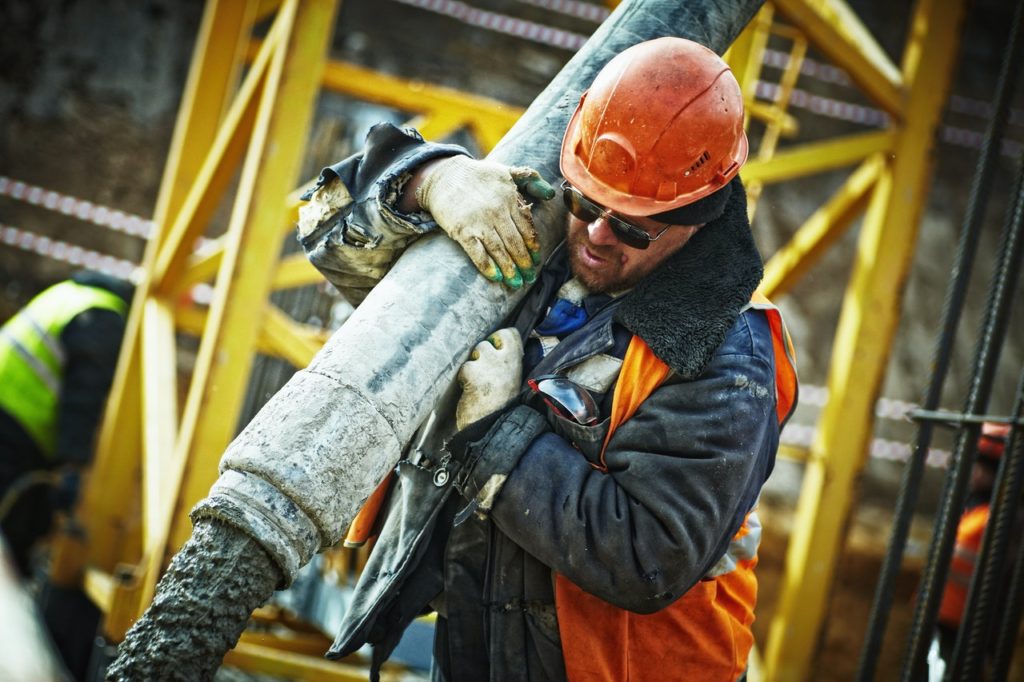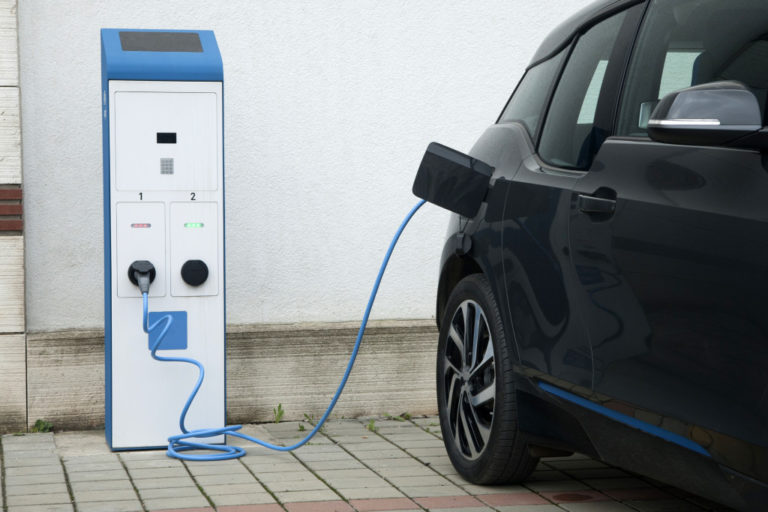Construction workers are at an increased risk of suffering from injuries. Their job requires them to carry around heavy objects, cut materials using sharp blades, suspended in the air, etc. In a construction site, there are a lot of hazards that threaten the safety of labourers.
Safe Work Australia reported that every year, about 12,600 construction workers are granted compensation claims for injuries and illnesses. In 2013-2014, the construction industry had the 5th highest fatality rate per 100,000 people.
Falls are one of the most common causes of injuries, followed by being struck by an object and being caught between two objects. Electrocutions are also a major reason why workers get injured and die on construction sites.
There are other dangers lurking in construction sites and many of them silently harm the health of workers.
Fumes
Welding involves heating two materials, often metals or thermoplastics, to fuse them. The process naturally creates gases that if inhaled can be toxic. That is why welders have to wear proper personal protection equipment, including a mask. It is also crucial that welding is done in a space with ample ventilation where the fumes will immediately be diluted and dispersed.
Investing in welding fume extraction equipment, in addition to regular safety protocols, will protect workers from the gases generated by the process. The machine will suck the fumes from the construction site and then release it in an open space where it is not likely to harm another person.
Exposure to fumes can aggravate existing respiratory illnesses, including asthma. Long-term, workers may develop lung cancer and chronic obstructive pulmonary disease (COPD).
There is also a condition called welder’s lung which is characterized by the presence of fine metallic particles in the patient’s respiratory system.
Dust
Construction sites also create a lot of fine dust that can float around and be inhaled. Inhalation of fine dust is a common problem among construction workers and residents who reside in the vicinity of a construction site.
Dust can cause sneezing, rhinitis, and persistent cough. It may aggravate existing medical conditions and may lead to an asthma attack.
Long-term, it may lead to pneumoconiosis which is an occupational lung disease often diagnosed among those who are constantly around dust. When there is a presence of a foreign object in the lung, like dust, the immune system goes into overdrive. It will attack the invader and destroy them, damaging lung tissue in the process.
Pneumoconiosis is deadly; it kills hundreds of thousands of people every year. There is no cure for pneumoconiosis, but there are available treatments that will help a patient breathe more easily.
Symptoms of the disease include persistent and long-term coughing that produces large amounts of mucus and shortness of breath.
When using sweep equipment, there should not be any workers around. The process still kicks up dust into the air which makes it more likely to be inhaled. It also should be done often in order to reduce the amount of dust on the construction site.

Air Pollution
The machinery and vehicles that are used on the construction site emit smoke that makes the air unsafe to breathe. The pieces of equipment that are powered by diesel release harmful gases, including carbon dioxide, carbon monoxide, hydrocarbons, and nitrogen oxides.
Numerous studies have warned that air pollution is dangerous to one’s health. Around the world, exposure to ambient air pollution leads to about 4.2 million premature deaths.
Air pollution has been linked to an increased risk of COPD, acute respiratory infections, heart disease, stroke, and lung cancer.
Droplets and Vapors
Construction sites are also filled with substances that release dangerous aerosols and vapours into the air.
The paints, glues, thinners, and oils all release a smell that should not be inhaled, especially for long periods of time. Most of these substances can lead to nausea and vomiting. They may also cause irritation in the respiratory system that will result in sneezing or coughing.
In addition to vapours and aerosols, sprayed substances can also enter the body through the mouth. These substances are toxic so workers should be extra careful to eat somewhere far from where the substances are stored and use. They should also remember to wash their hands regularly.
If the substance makes contact with the skin, a person can develop problems like dermatitis, an itchy rash. It is an allergic reaction that, although non-life-threatening, can still create discomfort.
Skin contact may also lead to chemical burns.
Construction is a dangerous job that may injure or kill workers. Firms should provide workers with proper protective equipment to reduce any incidents. Additional safety strategies should be employed to prevent accidents and illnesses.

















